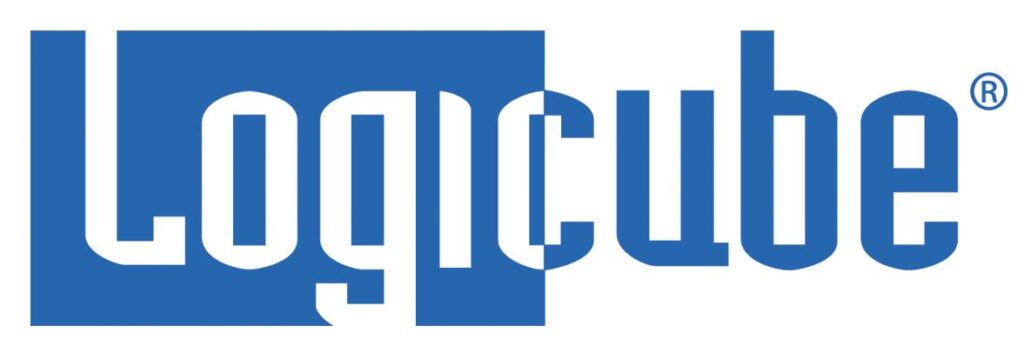Networking equipment giant Cisco Systems said that it is combining elements of the open source Linux operating system to its IOS firmware, launching a new architecture it calls “IOx” that will connect the billions of intelligent devices that will make up the Internet of Things. The new architecture was announced at Distributech in San Antonio – a trade show for the utility industry, on Wednesday. The company said IOx will make it easier for its customers to connect Internet of Things devices to back-end resources and the larger Internet. As it stands, the Internet of Things ecosystem is fragmented. Intelligent devices like the Nest Thermostat typically communicate back to proprietary cloud resources and might communicate with their surroundings using any one of a number of wireless protocols, including Bluetooth, Bluetooth Low Energy, Zigbee, Z-Wave, and so on. That balkanization has made it hard to create IoT solutions that span different families […]
Hardware
Parsing Google’s Internet of Things Acquisitions
Google has gone on an acquisition tear in the last six weeks that has many tech industry watchers wondering about the company’s future direction – particularly when it comes to the Internet of Things. Since the beginning of the fourth quarter, 2013, Google has acquired 14 companies with the latest, a $650 million buy of UK-based artificial intelligence software firm DeepMind Technologies hitting the wires yesterday. In addition to the DeepMind buy, Google spent $40 million on Flutter, a maker of gesture recognition technology and $23 million on FlexyCore, maker of the DroidBooster App for Android. Earlier this month, it plunked $3.2 billion down for super hot smart home gear maker Nest. Google’s size makes the exact amount spent on the other acquisitions is something of a matter of speculation. Google only has to disclose transactions that are deemed ‘material’ to the company’s finances – a number somewhere between $10m […]
You Can Build An Open Source NEST Clone In One Day? Uh Oh!
I’ve been amazed at the herds of Johnny Come Lately’s who have glom’d onto the amazing Nest thermostat since Google purchased the company that makes it, Nest Labs, for a whopping $3.2 billion last week. Nest – and even its sister Protect smoke alarm – were hardly new, but that didn’t stop CNN from posting a ‘gee whiz’ video in the days that followed that had all the ‘we were here first’ excitement of a hand-held broadcast from the floor of CES. That – even though Nest is coming up on its third birthday and its cousin, the Protect, was released to considerable fanfare in October. The question for Google, of course, is ‘how is Nest really worth?’ I use one at my house, and I think it’s gorgeous and smart – but $3.2 billion? That’s why I was interested to check out this article over at Postscapes.com about an open source […]
Cisco Eyes Security Services For Connected Cars
Connected vehicles are a big new area of investment. We saw evidence of that at the recent Consumer Electronics Show (CES) and we’re hearing a lot more about it this week, as carmakers strut their stuff at the North American International Auto Show. Security isn’t generally part of the conversation, but as we’ve noted here on more than one occasion: connected vehicles introduce a myriad of challenging security problems, from authentication to communications and system integrity, not to mention data privacy. [Read more Security Ledger coverage of connected vehicles here.] Now networking giant Cisco says that it sees a role for its technology in protecting vehicle area networks (VANs), just as the company’s networking equipment enabled and protected local and wide area networks (LANs and WANs) over the last two decades. In a blog post, Cisco said it is rolling out “a range of products and services” that it […]
When The Internet of Things Attacks! Parsing The IoT Botnet Story
I spent most of last week at a conference in Florida going deep on the security of critical infrastructure – you know: the software that runs power plants and manufacturing lines. (More to come on that!) While there, the security firm Proofpoint released a statement saying that it had evidence that a spam botnet was using “Internet of Things” devices. The company said on January 16 that a spam campaign totaling 750,000 malicious emails originated with a botnet made up of “more than 100,000 everyday consumer gadgets” including home networking routers, multi media centers, televisions and at least one refrigerator.” Proofpoint claims it is the “first time the industry has reported actual proof of such a cyber attack involving common appliances.” [Read: “Missing in action at Black Hat: the PC.”] Heady stuff – but is it true? It’s hard to know for sure. As with all these reports, it’s important […]






